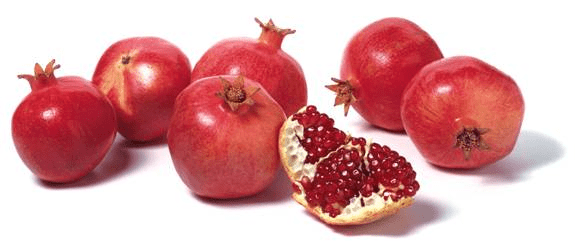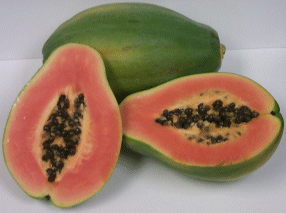The peach tree is a species of Prunus native to China that bears an edible juicy fruit called a peach. It is adeciduous tree growing to 4–10 m (13–33 ft) tall, belonging to the subfamily Prunoideae of the family Rosaceae. It is classified with the almond in the subgenus Amygdalus within the genusPrunus, distinguished from the other subgenera by the corrugated seed shell.
The leaves are lanceolate, 7–16 cm (2.8–6.3 in) long, 2–3 cm (0.79–1.2 in) broad, pinnately veined. The flowers are produced in early spring before the leaves; they are solitary or paired, 2.5–3 cm diameter, pink, with five petals. The fruit has yellow or whitish flesh, a delicate aroma, and a skin that is either velvety (peaches) or smooth (nectarines) in different cultivars. The flesh is very delicate and easily bruised in some cultivars, but is fairly firm in some commercial varieties, especially when green. The single, large seed is red-brown, oval shaped, approximately 1.3–2 cm long, and is surrounded by a wood-like husk. Peaches, along with cherries, plums and apricots, are stone fruits (drupes).
The scientific name persica, along with the word “peach” itself and its cognates in many European languages, derives from an early European belief that peaches were native to Persia (nowIran). The modern botanical consensus is that they originate in China, and were introduced to Persia and the Mediterranean region along the Silk Road before Christian times. Cultivated peaches are divided into clingstones and freestones, depending on whether the flesh sticks to the stone or not; both can have either white or yellow flesh. Peaches with white flesh typically are very sweet with little acidity, while yellow-fleshed peaches typically have an acidic tang coupled with sweetness, though this also varies greatly. Both colours often have some red on their skin. Low-acid white-fleshed peaches are the most popular kinds in China, Japan, and neighbouring Asian countries, while Europeans and North Americans have historically favoured the acidic, yellow-fleshed kinds.
Benefits of Peaches
Peaches and nectarines provide good sources of carotenes, potassium, flavonoids, and natural sugars.
Peaches and nectarines are good sources of lycopene and lutein. Lutein gives the red, orange, and yellow colors to fruits and vegetables. These phytochemicals are especially beneficial in the prevention of heart disease, macular degeneration, and cancer.
Maximising the benefits
Weight for weight, dried peaches contain six time the calories of fresh peaches. It must also be remembered that when peaches are canned, they lose 80 percent of their vitamin C content.

